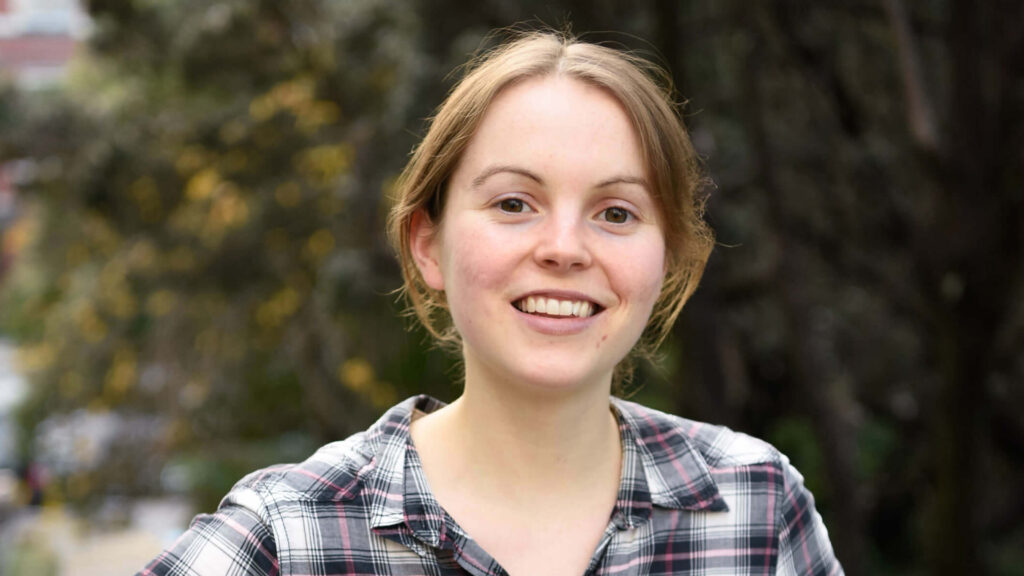(BRUSSELS) – More than 7.5 million Ukrainian refugees have entered Europe following the Russian invasion. The Ukrainian crisis put additional pressure on European countries, which hosted more than 7 million refugees by the end of 2021 and face continuous refugee influxes from North Africa and the Middle East.
Katharine Woolrych is the advocacy officer at the European branch of HIAS, a Jewish non-profit supporting refugees since 1881. She spoke with The Click about HIAS’s approach to Europe’s refugee crisis.
The Click: What kind of assistance is HIAS providing refugees entering Europe?
Our organization’s response to the Ukrainian crisis has two strands. One of them is offering immediate humanitarian assistance both in Ukraine and the bordering countries – Moldova, Romania and Poland. Our established offices in these countries work closely with local organizations to ensure that Ukrainians will receive cash-based assistance, access to temporary accommodation and legal advice, and psychosocial support.
The second strand of our response is more focused on integrating refugees into the local communities. This is achieved with the aid of the Welcome Circle scheme. Through this project, we help Jewish communities form groups of volunteers – the so-called Welcome Circles that support refugees in order to restart their life in a new country. The Welcome Circles assist refugees with finding accommodation and work. They help them register their children for school, get their legal papers sorted and navigate the local bureaucracy. In order to participate in these circles, volunteers have to be vetted and go through background checks to safeguard the safety of the refugees.
The Click: Where are the Welcome Circles currently operating?
This scheme is running in nine European countries – Ireland, Portugal, Belgium, Poland, Hungary, Italy, the Czech Republic, Greece and Moldova. These groups have already supported 248 Ukrainian refugees. The largest Welcome Circles operate in Ireland, Hungary and Poland.
The feedback we have received from the Welcome Circles is very positive. In many instances, the volunteers have managed to create friendships with the Ukrainian refugees. Each group also commits to supporting refugees for a period of six months. This allows the volunteers to familiarize themselves with the situation of the people they help and tailor their assistance to meet their individual needs. Seeing how their endeavors are paying off certainly gives them a sense of fulfillment.
The Click: How will you know if the program is a success?
For the Welcome Circle scheme, we ask the volunteers to submit a 30-day and then a 6-month report to understand whether the participating refugees have benefited from the project. We use a rather traditional set of indicators to assess the effectiveness of the different initiatives, like the ratio of children in school, the people who have found a job and long-term accommodation.
We have established some research projects to identify needs that are not met through the existing initiatives. This will allow us to adapt our services and create synergies with other organizations.
Are there any other projects on the horizon to support Ukrainian refugees?
There’s a set of initiatives that aim to support people that are still in Ukraine. This includes support for the winter and the establishment of shelters and services for the survivors of sexual violence.
Outside Ukraine, we would like to expand the Welcome Circle scheme. Our Welcome Circles support refugees regardless of their religious background and we know that there are many faith-based organizations that share the same mentality. Therefore, forming interfaith Welcome Circles is another project through which we aim to support Ukrainian refugees.


